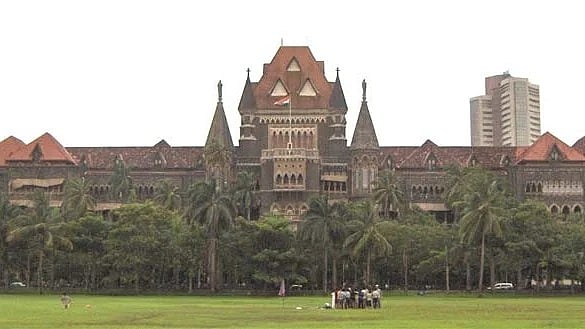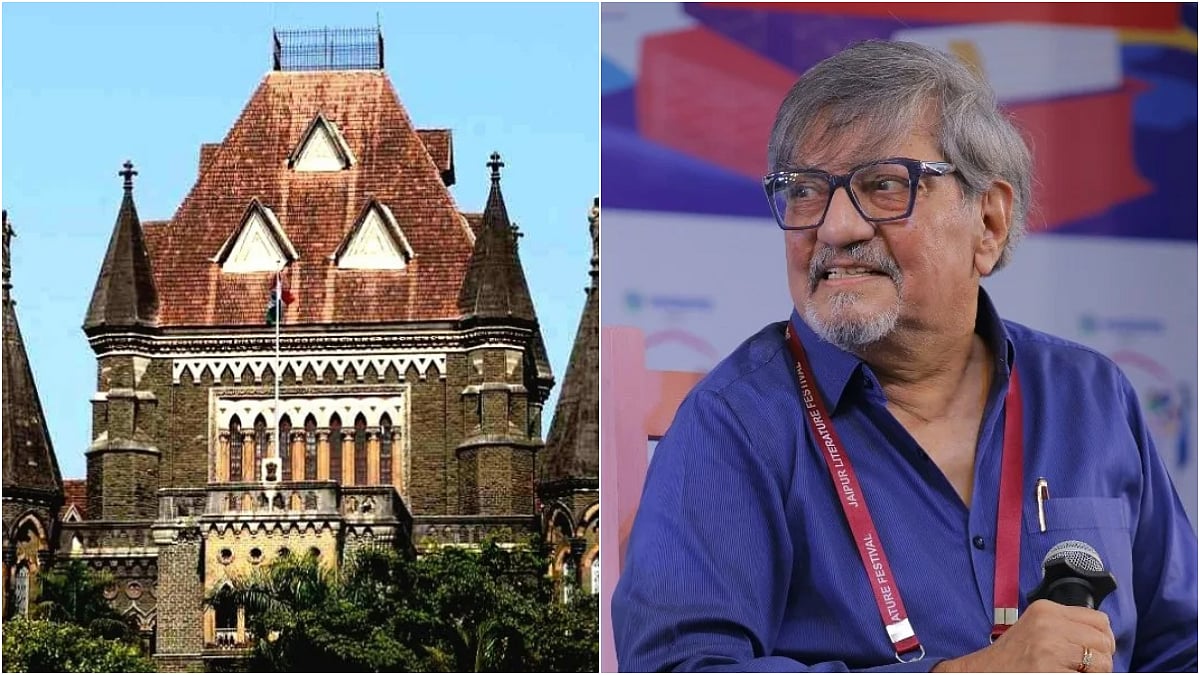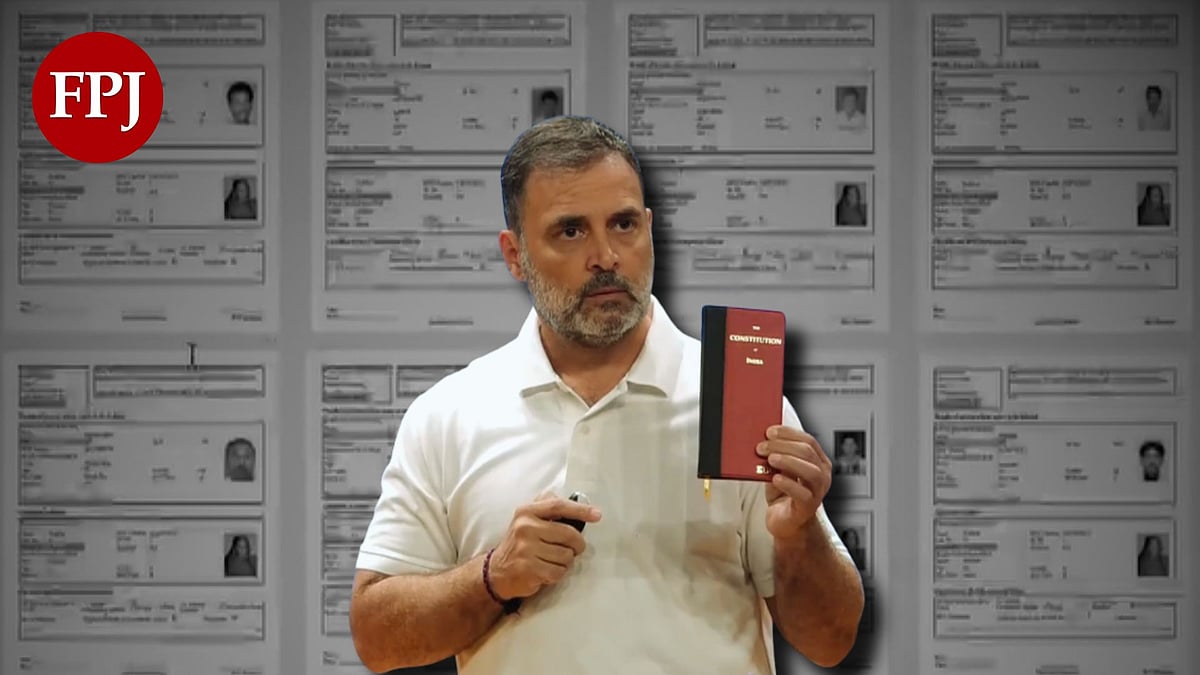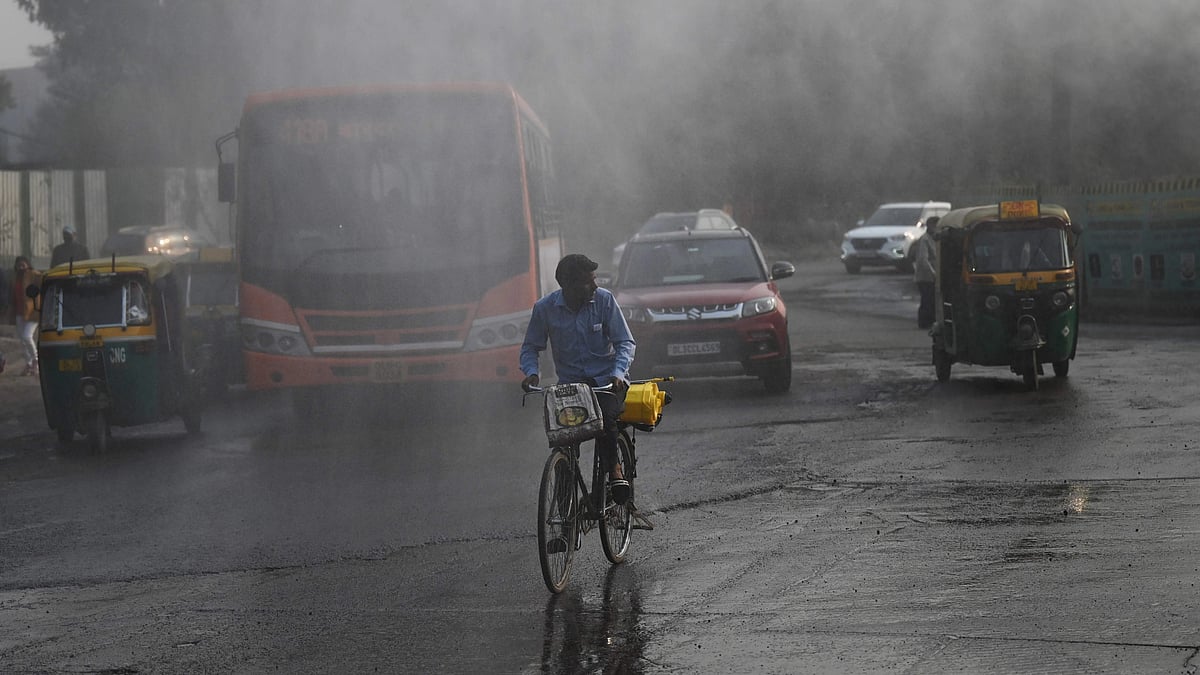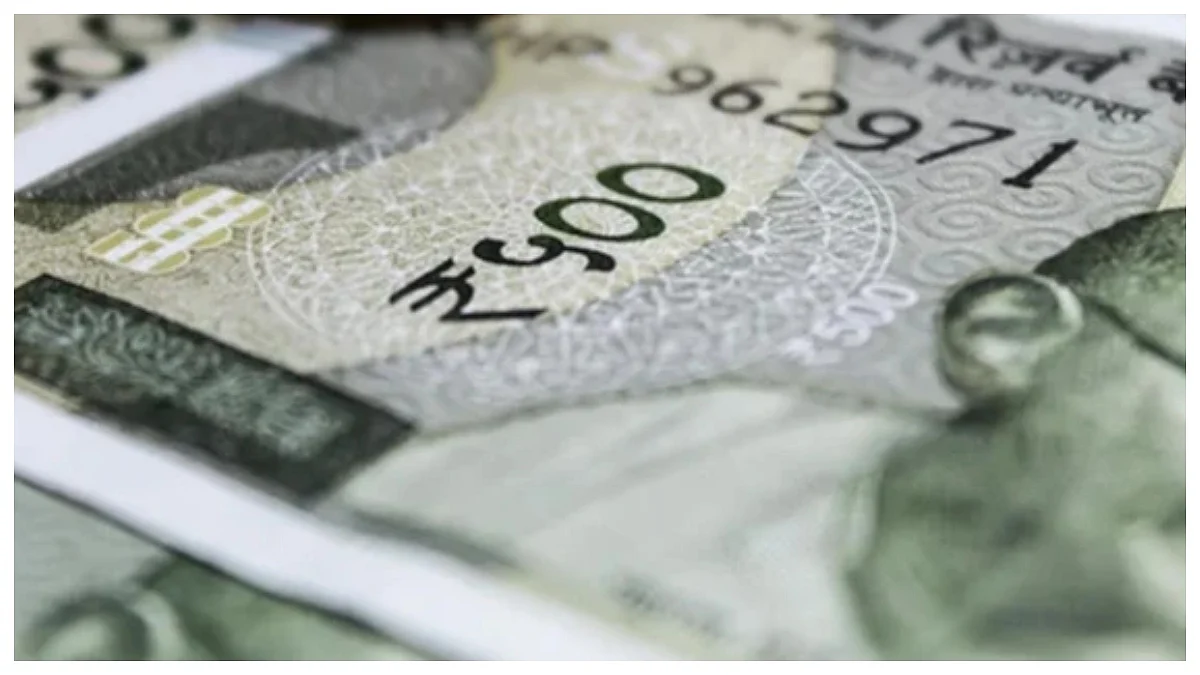The battle for the 2021 assembly election in West Bengal has begun. In fact, it started soon after the Bihar election results were declared on November 10. Addressing his party workers in Delhi after the BJP’s stellar performance in Bihar, Prime Minister Narendra Modi had said: “Those who think they can kill BJP workers and win elections must see the writing on the wall.” Obviously, Modi, training his guns at West Bengal Chief Minister Mamata Banerjee, was indicating that the BJP is battle-ready for the assembly election due in April-May.
Having made significant inroads in the 2019 Lok Sabha poll by winning 18 of the 42 seats in Bengal, the flurry of activity in the BJP in preparation for the assembly election indicates that the party is looking to make Bengal the epicentre of saffron politics in eastern India. The Trinamool Congress (TMC), on the other hand, is fighting its toughest battle since 2011 when it stormed to power, defeating the mighty stranglehold of the Left on the state.
Turf war heats up
The Bihar victory was important in the BJP’s scheme of “Go East”, to consolidate its position in the eastern region, including the north-east. However, the real and raw battle for political power is Bihar’s neighbourhood West Bengal, which is not going to be easy for the BJP. With just four months to go for the election, the turf war between the BJP and the TMC, that became pronounced in the national election last year, has become more fierce and violent.
The attack on BJP’s national president J P Nadda’s convoy recently, while he was on a two-day visit to Bengal, has become a launch pad for political brinkmanship and a slanging match between the leadership of the two main contenders for power in the state. Home Minister Amit Shah’s two-day visit to Bengal over the weekend, which saw a big pre-poll churn in Bengal politics, captures the beginning of a bitter political rivalry between the BJP and the TMC in the run-up to the election.
What is interesting is how the political template in Bengal has changed, ever since Mamata Banerjee-led TMC wrested power from the Left Front in 2011, after 34 years of uninterrupted rule by the latter. With Left parties losing ground in West Bengal and the Congress also reduced to a marginal player in the state, the first five years of TMC rule witnessed unipolar politics in Bengal. In the absence of a credible opposition, West Bengal was a fertile ground for the BJP to fill the space vacated by the Left Front.
Challenge for TMC
In the last few years, particularly after the BJP won power in Assam in 2016 and Tripura in 2018, the saffron party has expanded its footprint in the east, to emerge as a potent opposition force in Bengal, capable of challenging the TMC’s invincibility. In a state where the BJP’s vote share has traditionally been less than three per cent, its performance in 2019 national election was an absolute shocker for the TMC. Given such a scenario, it is not surprising that the BJP-TMC rivalry is intensifying by the day.
The BJP has reasons to cheer, as rebellion in the TMC ahead of the election is slowly gaining momentum. Last week, seven TMC MLAs, including popular former minister Suvendu Adhikari, resigned from the party and joined the BJP at a public meeting in Medinapur presided over by Shah. Suvendu was a member of the TMC’s steering committee and a leader of its trade union front. His exit came after weeks of efforts to placate him failed and it is expected to open the gates for an exodus from the TMC to BJP at multiple levels across the state.
While Mamata Banerjee is putting up a brave front, dismissing the rebellion as inconsequential and TMC deserters as “liabilities”, the TMC has been reportedly firefighting in several parts of the state, with MLA after MLA speaking against the party’s management, especially by poll consultant Prashant Kishor and Mamata’s nephew Abhishek Banerjee. Their attempt to run the party with corporate-style discipline is said to have triggered discontent in the TMC.
Anti-incumbency
After two consecutive terms as chief minister, Mamata Banerjee is facing a strong wave of anti-incumbency. Internal dissent and desertions, a result of anti-incumbency, as also other issues with party leadership, can cost the TMC dearly, more so when it is facing a strong opposition party in the BJP. Since 2011, West Bengal politics has seen a one-sided narrative; a result of the inability of the Left Front and the Congress to counter the TMC politically, for the cause of opposition politics.
The early signs of change to Bengal’s one-party domination were first visible in 2014 general election when the BJP won 17 per cent of the votes, something quite unusual for a party that has primarily been seen as a Hindi heartland Hindutva force. Whether the sharp increase in BJP’s vote share in 2014 was a result of the Modi wave or because of the decimation of the Left Front which won only two seats against 15 in 2009, is difficult to say, but 17 per cent of the vote share was seen by political observers as the sowing of saffron seeds in Bengal, though the BJP won only two Lok Sabha seats.
BJP gaining ground
Since then, the rivalry between the TMC and the BJP has only increased, as the BJP succeeded in maximising its influence in the state which was once a bastion of the Communists. Its stellar performance in 2019 – 18 seats and 40.64 per cent vote share, a gain of 23 per cent – was a turning point in Bengal’s political history; it established the BJP as the main opposition party, replacing the Left Front, which lost 17 per cent of votes and did not win a single seat.
The last one year has witnessed a bitter turf war between the BJP and the TMC on several issues, particularly the Citizenship Amendment Act and the proposed National Population Register (NPR) and National Citizenship Register (NRC). Mamata has been unwavering in her opposition to the CAA, the NPR and the NRC, while the BJP has taken a hard stand on the CAA.
More than the NRC, which is a highly contentious issue in the eastern states, particularly Bengal and Assam, the BJP is likely to make the CAA a potent election issue, to polarise voters. There are no major political, economic or social issues that are the talking point as of now, but the feud between the TMC and the BJP over defections is expected to escalate into a major flashpoint.
All India Majlis-e-Ittehadul Muslimeen (AIMIM) Chief Asaduddin Owaisi’s declaration that his party would be contesting the Bengal election would be a major worry for Mamata, given that the minority vote in the state will be split between the TMC and the AIMIM, which will benefit the BJP. Not just the BJP, there are other worries for Mamata to deal with in run-up to the election, as open criticism of the TMC leadership and defections will keep the chief minister and her party on the edge.
The author is an independent senior journalist


